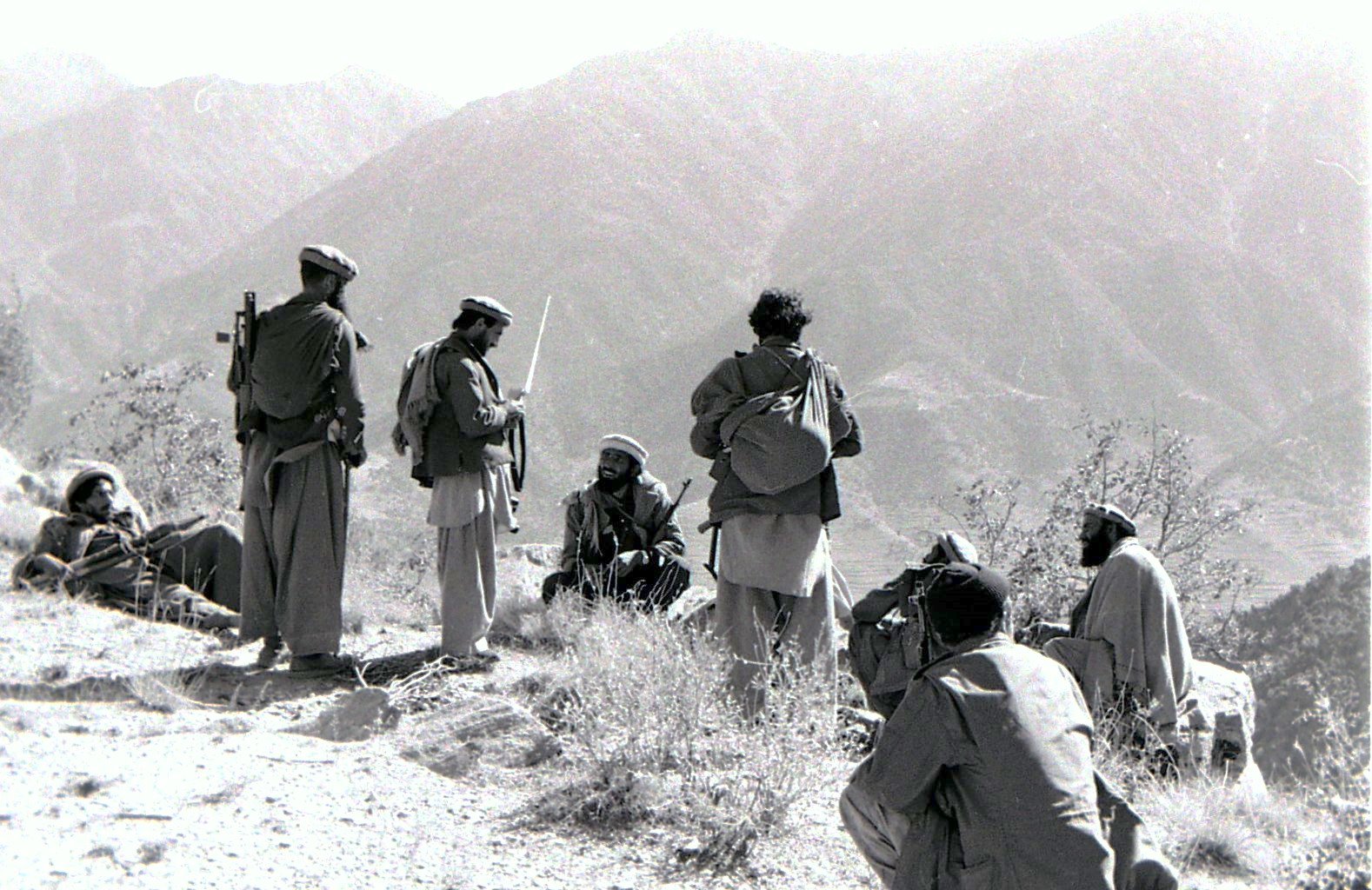|
Sazman-i Nasr
Sazman-i Nasr ( fa, سازمان نصر, lit=Organization of Victory) was a Hazara militant group, opposed to the leftist Afghan government during the 1980s. After the Revolutionary Council of Islamic Unity of Afghanistan, Al-Nasr was the elite militant group. The organisation included many young men educated in Kabul, including Shia clergymen, and received support from the Khomeini Ruhollah Khomeini, Ayatollah Khomeini, Imam Khomeini ( , ; ; 17 May 1900 – 3 June 1989) was an Iranian political and religious leader who served as the first supreme leader of Iran from 1979 until his death in 1989. He was the founder of ... government. It was a part of the Tehran Eight political constellation after 1987. References {{Reflist Nasr Rebel groups in Afghanistan Shia Islamist groups ... [...More Info...] [...Related Items...] OR: [Wikipedia] [Google] [Baidu] |
Soviet–Afghan War
The Soviet–Afghan War was a protracted armed conflict fought in the Democratic Republic of Afghanistan from 1979 to 1989. It saw extensive fighting between the Soviet Union and the Afghan mujahideen (alongside smaller groups of anti-Soviet Maoism, Maoists) after the former militarily intervened in, or launched an invasion of, Afghanistan to support the local pro-Soviet government that had been installed during Operation Storm-333. Most combat operations against the mujahideen took place in the Afghan countryside, as the country's urbanized areas were entirely under Soviet control. While the mujahideen were backed by various countries and organizations, the majority of their support came from Pakistan, Saudi Arabia, the United States, the United Kingdom, China, and Iran; the American pro-mujahideen stance coincided with a sharp increase in bilateral hostilities with the Soviets during the Cold War (1979–1985), Cold War. The conflict led to the deaths of between 562,000 and ... [...More Info...] [...Related Items...] OR: [Wikipedia] [Google] [Baidu] |
Tehran Eight
The Tehran EightRuttig, T. ''Islamists, Leftists – and a Void in the Center. Afghanistan's Political Parties and where they come from (1902–2006)''. "The first current was mainly represented in the 1980s by the Sunni Mujahedin tanzim based in Pakistan, the ‘Peshawar Seven’, and the Shia Mujahedin groups based in Iran, the ‘Tehran Eight’. The second current mainly consisted of the People’s Democratic Party of Afghanistan (PDPA), with its two major factions Khalq and Parcham, and the ‘Maoist’ groups that emerged from the demokratik-e newin, or ‘new democracy’, commonly referred to as shola’i. For the third current, there are mainly Afghan Millat with at least three different factions on the Pashtun(ist) side and Settam-e Melli on the Tajik side, with some Uzbek and Turkmen elements, and currently Sazman-e Inqilabi-ye Zahmatkashan-e Afghanistan (SAZA), or ‘Revolutionary Organisation of Afghanistan’s Toilers’ and the new Hezb-e Kangara-ye Melli, or ‘Nat ... [...More Info...] [...Related Items...] OR: [Wikipedia] [Google] [Baidu] |
